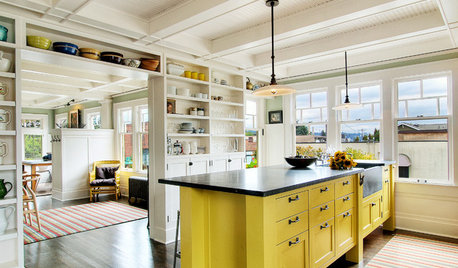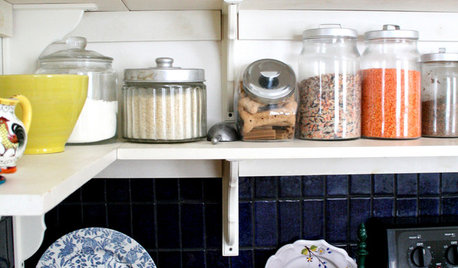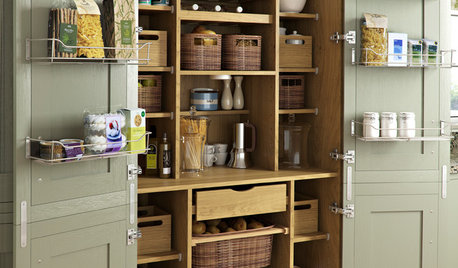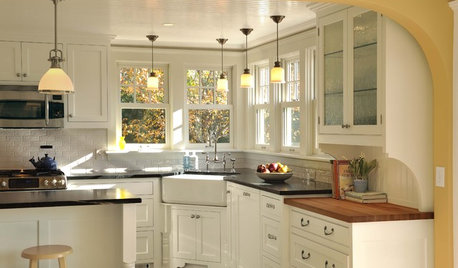Nepenthes Upper vs. Lower Pitchers
daveyjones
16 years ago
Related Stories

KITCHEN DESIGNHow to Lose Some of Your Upper Kitchen Cabinets
Lovely views, display-worthy objects and dramatic backsplashes are just some of the reasons to consider getting out the sledgehammer
Full Story
KITCHEN DESIGNDisplaying Kitchen Supplies — Hot or Not?
Do some kitchens just beg for a cozy row of canisters and gear for all to see? Have a look and let us know what you think
Full Story
KITCHEN STORAGEStyle Your Open Kitchen Shelving Like a Pro
Follow these do’s and don’ts for arranging items on your kitchen shelves
Full Story
KITCHEN CABINETS9 Ways to Configure Your Cabinets for Comfort
Make your kitchen cabinets a joy to use with these ideas for depth, height and door style — or no door at all
Full Story
KITCHEN DESIGNKey Measurements to Help You Design Your Kitchen
Get the ideal kitchen setup by understanding spatial relationships, building dimensions and work zones
Full Story
KITCHEN PANTRIES80 Pretty and Practical Kitchen Pantries
This collection of kitchen pantries covers a wide range of sizes, styles and budgets
Full Story
KITCHEN DESIGNIs a Kitchen Corner Sink Right for You?
We cover all the angles of the kitchen corner, from savvy storage to traffic issues, so you can make a smart decision about your sink
Full Story
KITCHEN DESIGNShow Us Your Fabulous DIY Kitchen
Did you do a great job when you did it yourself? We want to see and hear about it
Full Story
KITCHEN DESIGN9 Questions to Ask When Planning a Kitchen Pantry
Avoid blunders and get the storage space and layout you need by asking these questions before you begin
Full Story
KITCHEN OF THE WEEKKitchen of the Week: Scads of Storage in 110 Square Feet
Farmhouse, modern and eco-friendly elements meet in this Pacific Northwest home
Full Story





daveyjonesOriginal Author
swampthing_grower
Related Professionals
Danbury Landscape Architects & Landscape Designers · Barrington Hills Landscape Architects & Landscape Designers · Marina Landscape Architects & Landscape Designers · Saint Charles Landscape Architects & Landscape Designers · Surprise Landscape Contractors · Canyon Lake Landscape Contractors · Golden Landscape Contractors · Lebanon Landscape Contractors · Munster Landscape Contractors · Ridgewood Landscape Contractors · Saint John Landscape Contractors · Tuscaloosa Landscape Contractors · Dickinson Swimming Pool Builders · Drexel Hill Swimming Pool Builders · Shady Hills Swimming Pool Builderspetiolaris
swampthing_grower
claritamaria
daveyjonesOriginal Author
mutant_hybrid
poolboy101
swampthing_grower
daveyjonesOriginal Author
petiolaris
swampthing_grower
swampthing_grower
petiolaris
daveyjonesOriginal Author
carnivorousplants
entwadumela
swampthing_grower
entwadumela
epiphanylemonade
Bukui Zhao
Bukui Zhao